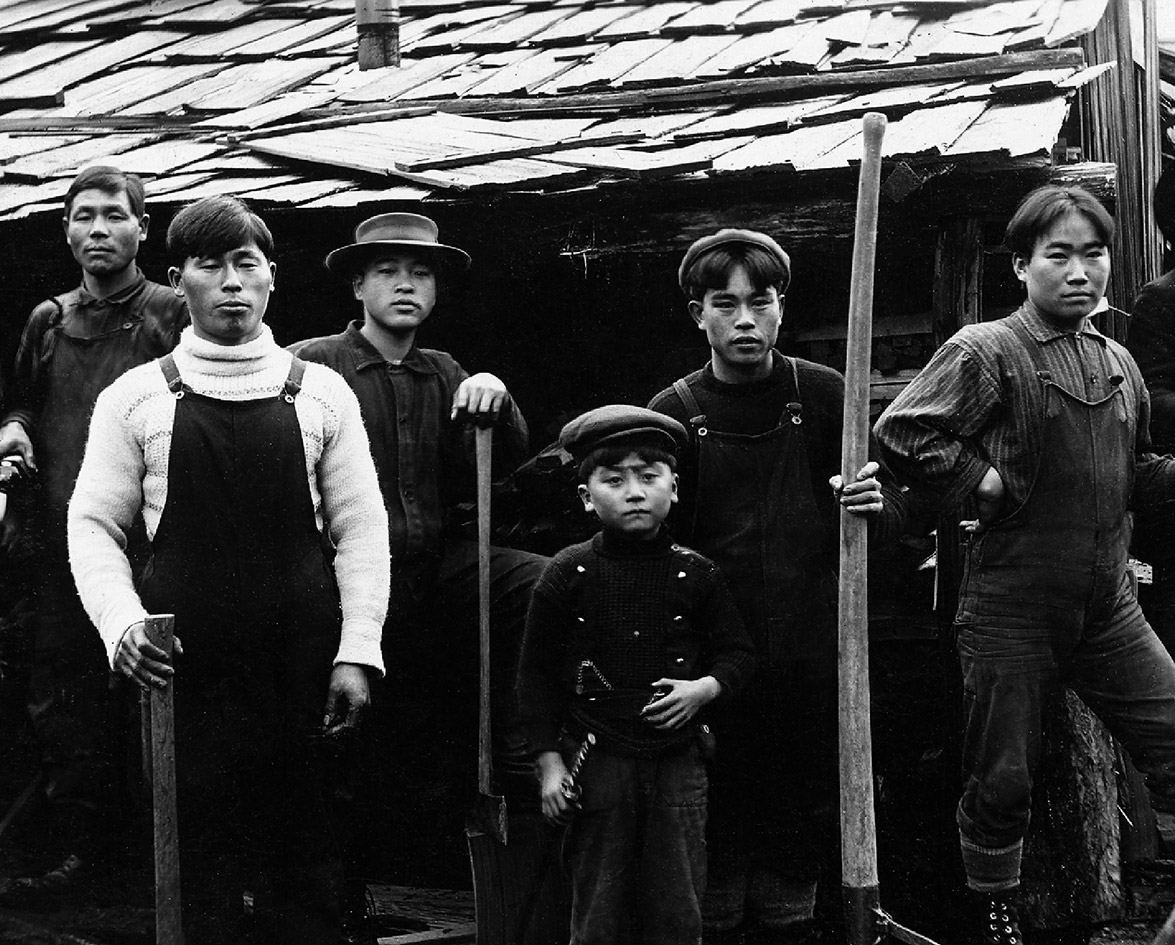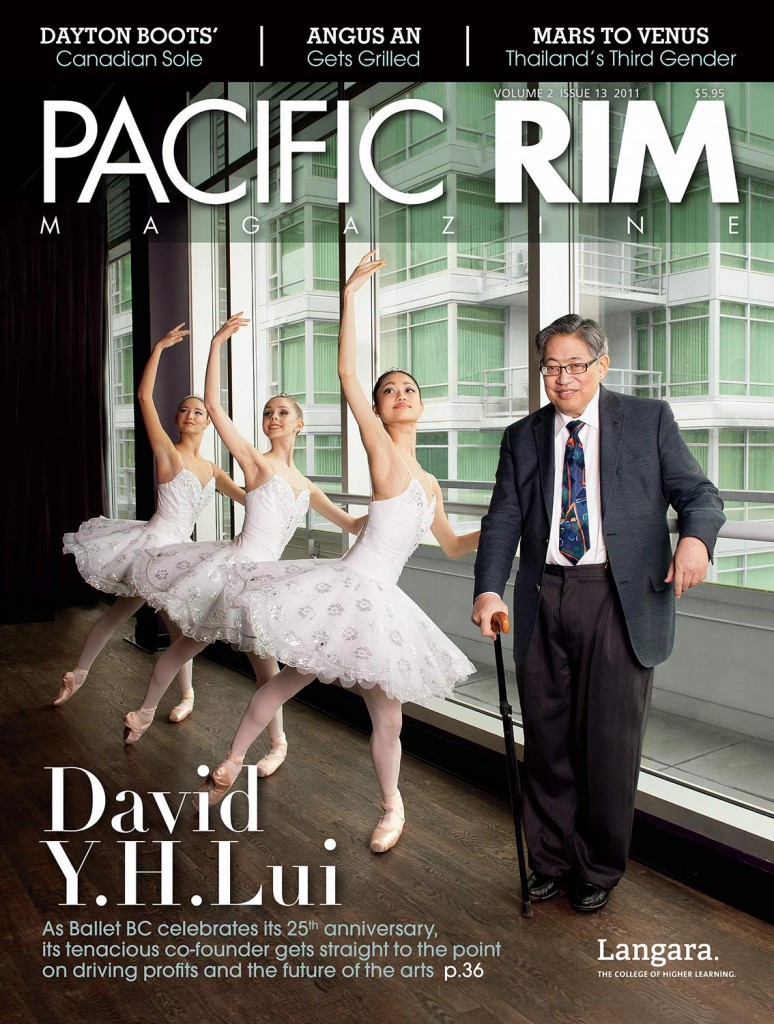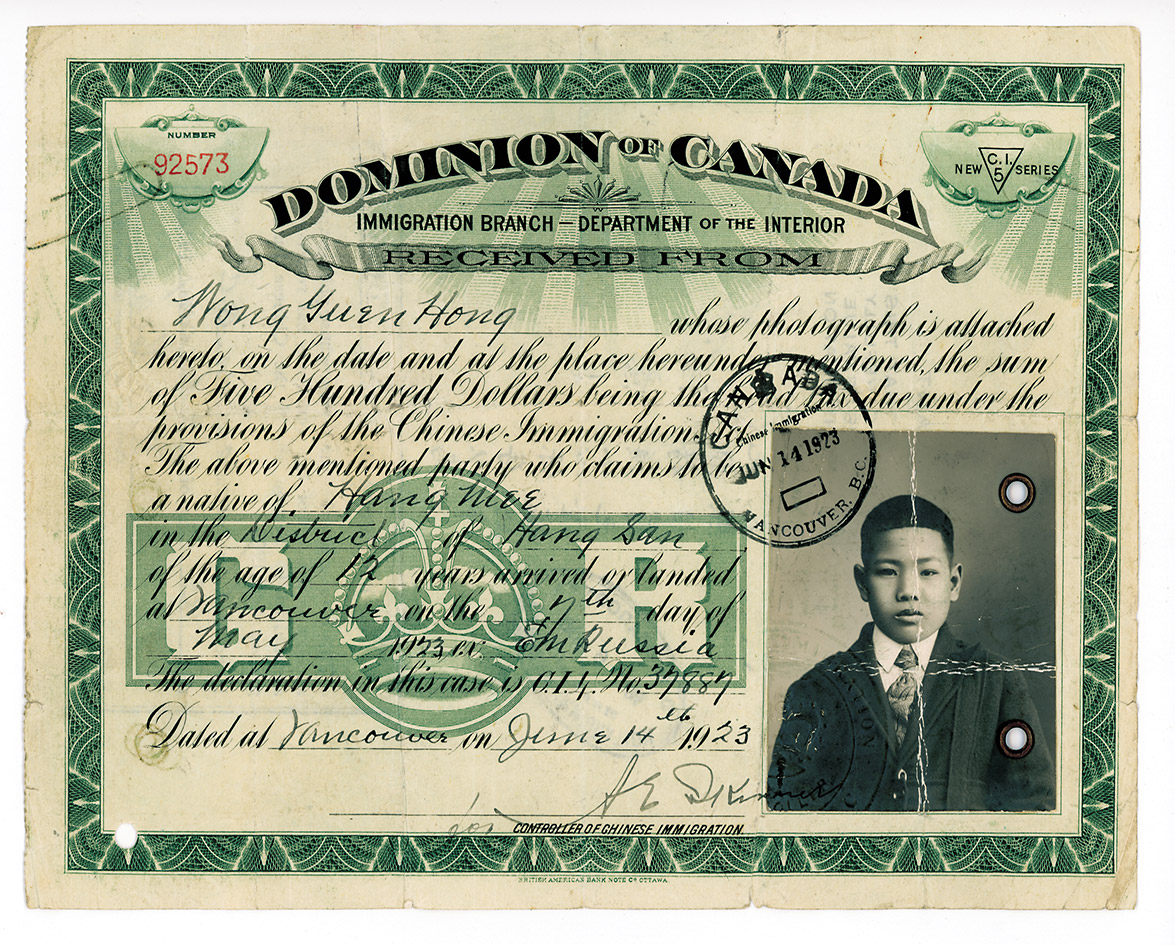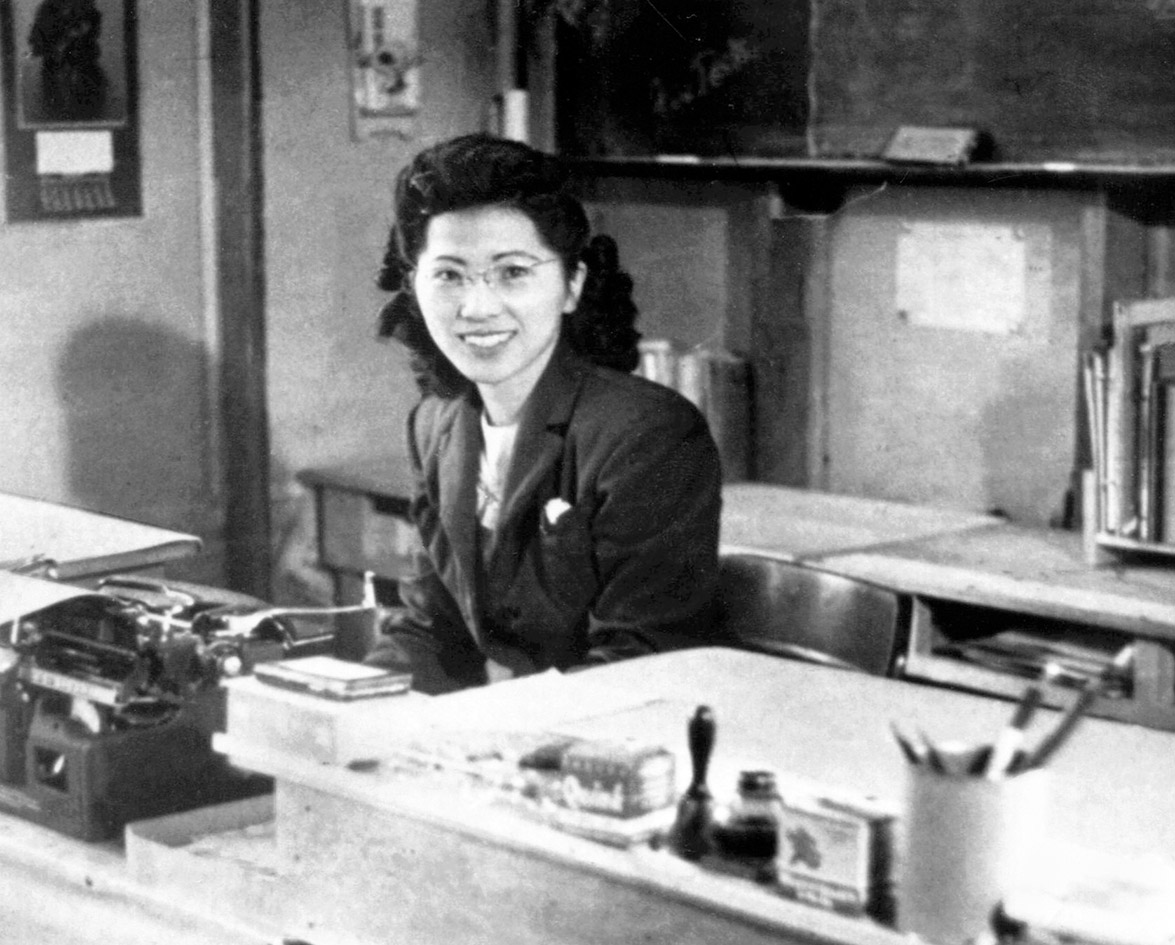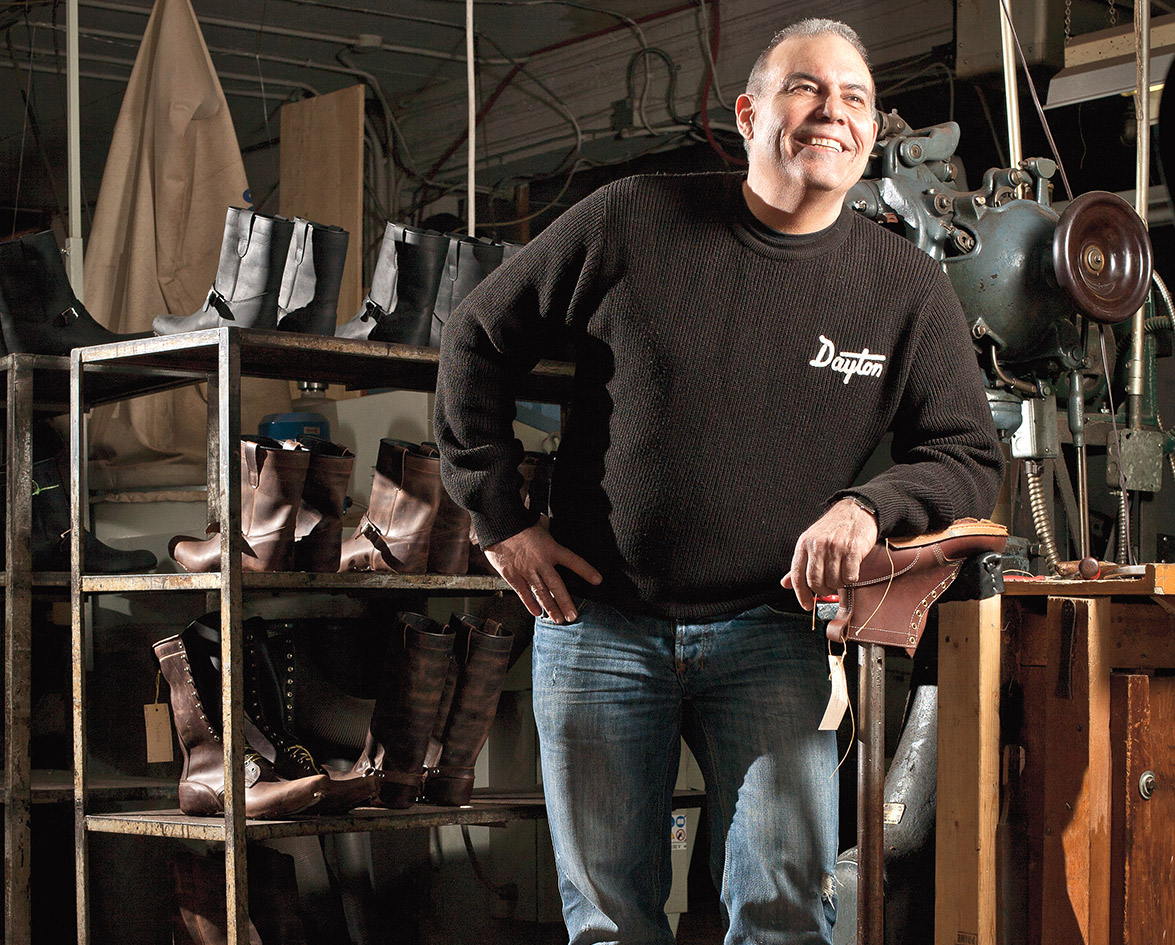Leading us off a paved recreational trail and into the woods is Capilano University instructor Bob Muckle. Dressed in a yellow hooded raincoat and rubber boots, the seasoned archaeologist looks at home in this environment, traipsing through the foliage as if it were his own backyard. Although this particular spot in North Vancouver’s Lower Seymour Conservation Reserve (LSCR) looks like nothing out of the ordinary, the site represents an important piece of British Columbia’s history. This is where Muckle and a team of 15 archaeology students uncovered a Japanese logging camp dating back to the 1920s. Muckle believes the site was inhabited by a group of 40 to 50 Japanese loggers and their families who were living in a secluded camp for almost two years, unbeknownst to the local North Vancouver community.
The discovery of an exclusively Japanese logging camp came as a surprise to Muckle, who has been leading excavations in the area for the past 10 years under the Metro Vancouver- and Capilano University-supported Seymour Valley Archaeology Project (SVAP). Each of the three logging-camp sites that he has uncovered indicates the one-time presence of Japanese inhabitants. “I think that Japanese logging is bigger than most people are aware,” says Muckle.
Records show that in 1900, one out of four workers in British Columbia’s logging industry was Japanese. Even Japanese fishermen often relied on logging to offset the seasonal nature of fisheries work.
Little Known About Japanese Loggers
While the Japanese are recognized as pioneers in B.C.’s fishing industry, relatively little is known about their contributions and involvement in the province’s seminal logging industry. Muckle believes that this is partially due to the lack of a paper trail. “One of the reasons we know so little about Japanese logging is because when all the Japanese were interned during the Second World War, they were only allowed to take one suitcase each. So they’re not taking a lot of documentation about their work,” he notes, adding that the logging industry has also left relatively few physical remains compared to the fishing industry. “If you were a fisherman, you would lose your boat. If you were a logger, you would lose your ax.”
Nearly 700 artifacts have been recorded from this particular project. While some work-related items such as saw files and logging boots have been uncovered, most of the pieces are household items such as sake bottles, rice bowls, and medicine bottles. As we continue to walk through the dense foliage, Muckle exercises not only our legs, but also our imaginations. Describing the atypical setup of this logging camp, he explains how, unlike the more common bunkhouse and mess hall setups, this site was likely made up of several small cabins, each inhabited by a Japanese logger and his family. Without any active excavations, however, it is difficult to imagine the activity that once took place here. As Muckle notes, “It’s really interesting when excavations are going on. But when they’re not, it’s just dirt and fallen branches.”
Luckily, Muckle’s work beneath all of the dirt and branches is helping to uncover clues that will paint a more detailed picture of life in a Japanese logging camp, and of the critical role that the Japanese once played in B.C.’s logging industry. Without it, that part of history is just passing shadows.





